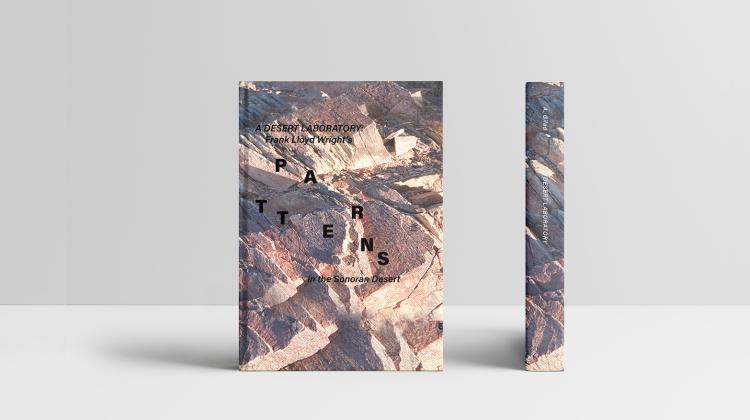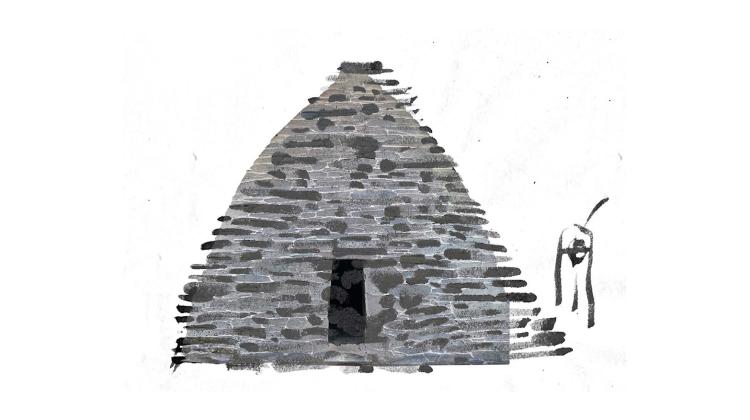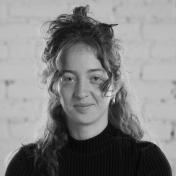Avigail Gilad
Avi is an interdisciplinary researcher and architectural designer. Before returning to grad school, she worked for Machado Silvetti Architects in Boston and Studio MA-Moria Architects in Jaffa, and completed her BA in Architecture, Urban Studies and Entrepreneurship from Princeton University. Avi has called Tel Aviv, Amman Jordan, London, Chicago, Princeton and Cambridge home. She has worked on projects at the intersection of landscape, participatory initiatives and public access, issues of democracy, the circular economy, co-living models, earth, land and found objects.
Projects
Tea Time features interview-style conversations between hosts Earl Grey and Rooibos and a series of architecture department guests. The program delves into ideas and practices in the field of emerging architecture and contemporary design.
A Desert Laboratory: Frank Lloyd Wright’s Patterns in the Sonoran Desert

A 140-page paper researching the desert as a major influence on Frank Lloyd Wright’s career. Centered around his 1929 Ocotillo Camp in Southern Arizona, Wright’s work is synthesized by his use of patterns reflected in objects, building/lifestyle, and the urban sphere. His departure from the sterile office and into the field, parallels the biological and archaeological field explorations of the 19th century, and as such serves as an interesting turning point in architectural pedagogy.
A Corporeal Exploration: Sketching and Walking the Dingle Way, Ireland

Walking the Dingle Way: 20km a day as a visceral, immersive archi-research of the landscape. This methodology of architectural experimentation manifested into a series of sketches that reflected both the archetypical, orthogonal nature of old barns and outhouses, storage units, and roads markers, and also an embodied, delirious perception of its spatial forms.





